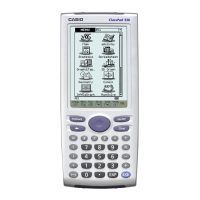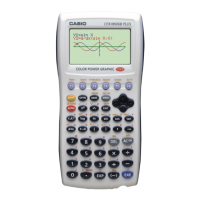A few object ID values are reserved by PEG for proper operation of dialog boxes and
message windows. Therefore you should always begin your private control enumeration
with a value of 1, so as not to overlap the reserved ID values. Valid user object IDs are in
the range between 1 and 999.
You can locate a child object at any time using the object’s ID with the Find() function.
Find() will search the child list of the current object for an object with an ID value
matching the passed in value. An example of setting an Object’s ID and then using
Find() to retrieve it follows:
Window1::Window1(….) : PegWindow(…)
{
Id(ID_WINDOW1);
}
PegWindow *Window2::FindWindow1(void)
{
return Presentation()->Find(ID_WINDOW1);
}
PegThing Signals
All PEG objects support a basic set of signals. PegThing provides storage for the object
ID, the signal mask, and member functions for modifying the signal mask. The signal
mask determines which signals a PegThing will recognize. The mask can be changed
with the following functions:
void SetSignals(WORD wMask);
void SetSignals(WORD wId, WORD wMask)
The first function is used to identify which notification messages a signaling control
should send to its parent. The mask value should be created by using the SIGMASK
macro. This enables multiple signals to be enabled with one call to SetSignals, similar to
the object style flags.
The second function, with the extra argument, is used to both assign an object’s ID and
the associated signal mask. Remember that an object without an object ID, or an object
with an ID of 0, will not send signals.
You can use the following functions to determine what signals are set for a given
PegThing:
WORD GetSignals(void) {return mwSignalMask;}
BOOL CheckSendSignal(UCHAR uSignal)
GetSingals() will return the entire signal mask for a PegThing, whereas
CheckSendSignal() will check a PegThing for a specific signal.
The following is a list of all available signals:
13
